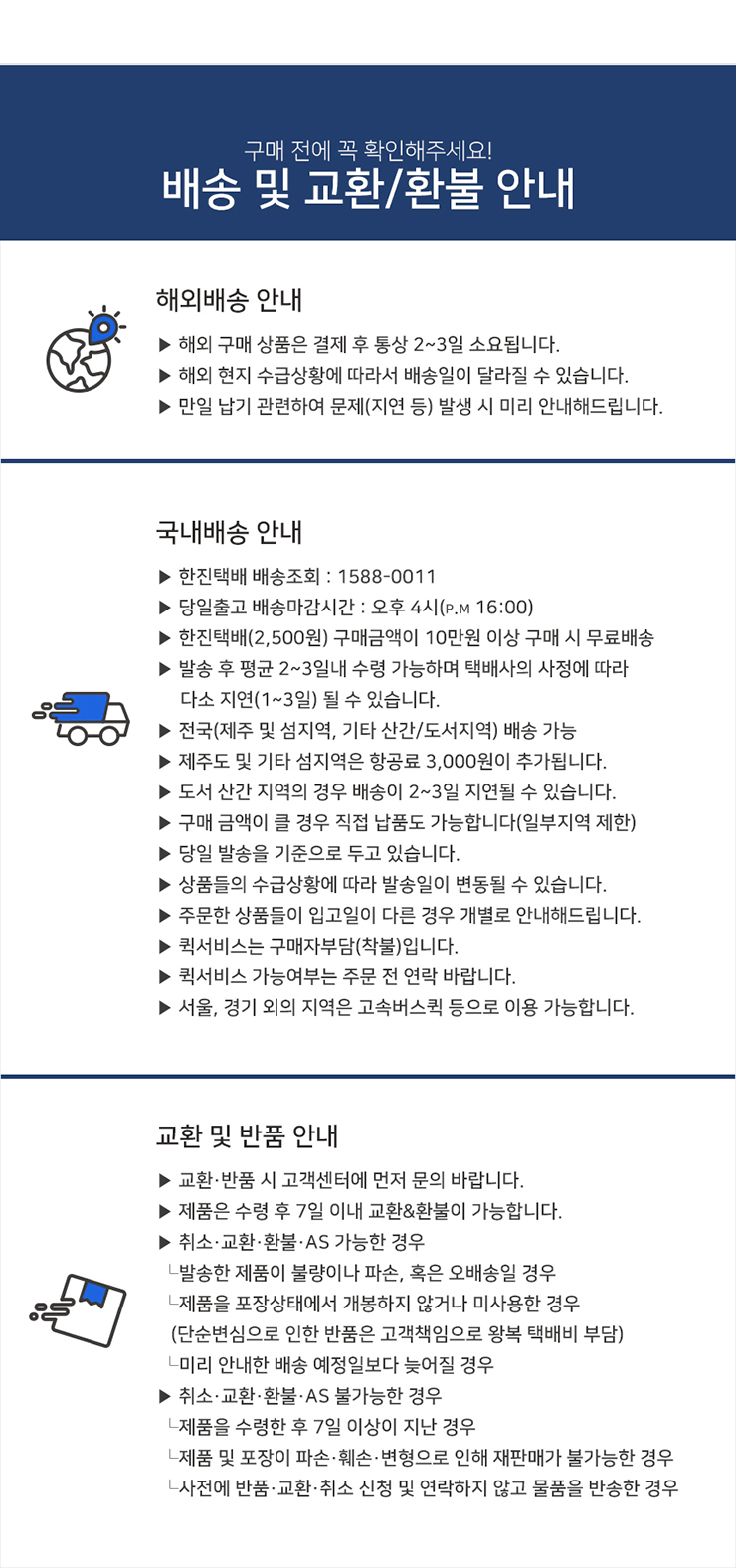
■ 제품필수정보
| 제조사 |
PR Electronics |
| 제조사품명 |
4184 |
| 간략설명 |
PR Electronics 4 Series Signal Conditioner, 300V dc, Current, Voltage Input, Current, Voltage Output |
■ 제품사양
Module
타입 = Universal Signal Converter Input Signal
타입 = Current, Voltage Output Signal
타입 = Current, Voltage Supply Voltage = 300V dc Input Range = 0 ??100 %, ±100 mA, ±300V dc Output Range = ±10 V, ±23mA
장착형태 = DIN Rail Mount Operating Temperature Range = -20 ??+60°C
최소 작동 온도 = -20°C 4184 Universal Uni-/Bipolar Signal Transmitter. From PR Electronics, the 4184 universal uni-/bi-polar signal transmitter designed for measuring DC current and voltage signals and converting to wide bipolar or unipolar outputs. The 4184 interfaces analogue active signals or powers 2/3-wire transmitters from various field-devices, such as pressure, flow and level transmitters, as well as, torque, position, current and acceleration sensors. This makes it the perfect interface for connecting devices like PLC, DCS, chart recorders and more. PR Electronics 4184 transmitter is designed according to strict safety requirements meeting the NAMUR NE21 and NE43 recommendations, ensuring high accuracy in harsh EMC environments. Features and Benefits. Measures DC inputs up to ±300 V / ±100 mA with spans as low as 25 mV / 0.5 mA Passive/active current output and buffered voltage output Fast ; 20 ms response time and excellent 0.05% accuracy Universally powered by 21.6 to 253 Vac / 19.2 to 300 Vdc 3-port 2.3 kVAC galvanic isolation Exceptional mA output load stability of ;lt/> 0.001% of span/100 Ohm Very low power consumption means units can be mounted side by side without an air gap ??even at 60°C ambient temperature. Excellent signal to noise ratio of > 60 dB Suitable for application in SIL 2 installations Complies with NAMUR 21 (burst) and NE43 (sensor error) DIN Rail mounting. Programming. The 4184 universal transmitters are programmable via the PR 4501 detachable display module ( ; 7966890 7966890 ). The 4501 module allows the programming of the vast array of input and output parameters easily and safely. Together with advanced functions including 2-point calibration, process simulation and diagnostics. With a simple menu and explanatory text, the 4501 is extremely straightforward to navigate. Functions are clearly depicted on the 4-line LCD display even in low light conditions. Line 1 shows the input signal, line 2 shows the units, and line 3 shows analogue output or tag number. Line 4 shows the communication and relay status. In addition, the 4501 features password protection. Programming access can be blocked by assigning a password which is conveniently saved in the 4184 transmitter. This ensures a high degree of protection is maintained and prevents any unauthorised modifications to the configuration. What configuration options does the PR 4184 offer?. For fast configuration, you can select from many pre-configured input and output ranges, such as 0??0 V input = 4??0 mA output. The PR 4184 can also be configured with custom input and output ranges. This lets you precisely match the PR 4184 to fit your application. For example, the module can easilyu be configured for a 4??2 mA input = 2?? V output if that is what the application requires. Can the PR 4184 handle active and passive signals?. Yes. For complete flexibility, the PR 4184 can measure and output active or passive current signals. Can it provide a buffered voltage output?. The 4184 can be configured to provide a buffered voltage output. This high-power voltage output can be connected to loads as small at 2000 ?? making it perfect for controlling valve positioners, LED lamp ballasts, DC motor drives and other loads requiring a voltage signal with higher power than normal. Can the PR 4184 linearize signals created by sensors?. By default, the 4184 transmitter output is linear to the measured input signal. However, the output can also be configured to represent the square root of the input signal. The square root function is used to accurately linearize signals created by sensors like orifice flowmeters, which create a signal proportional to flow rate squared. An adjustable low flow cut-off can be configured to eliminate measurement error at low flow rates.





